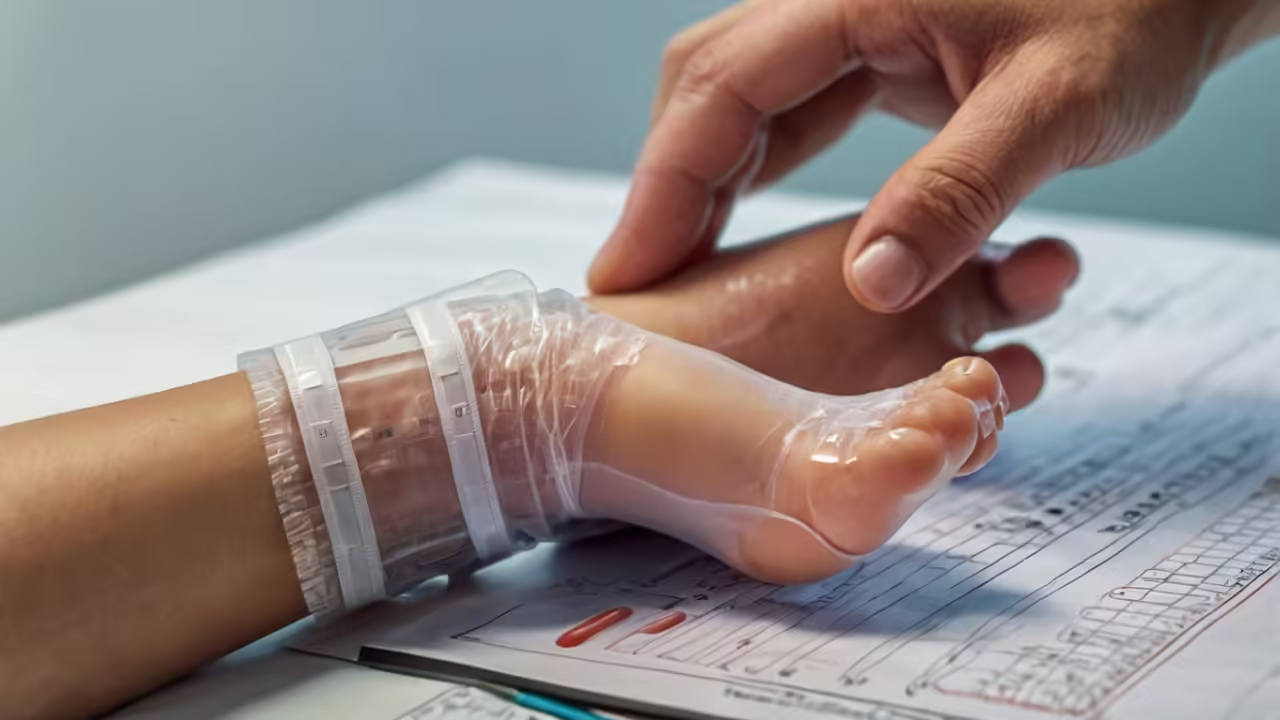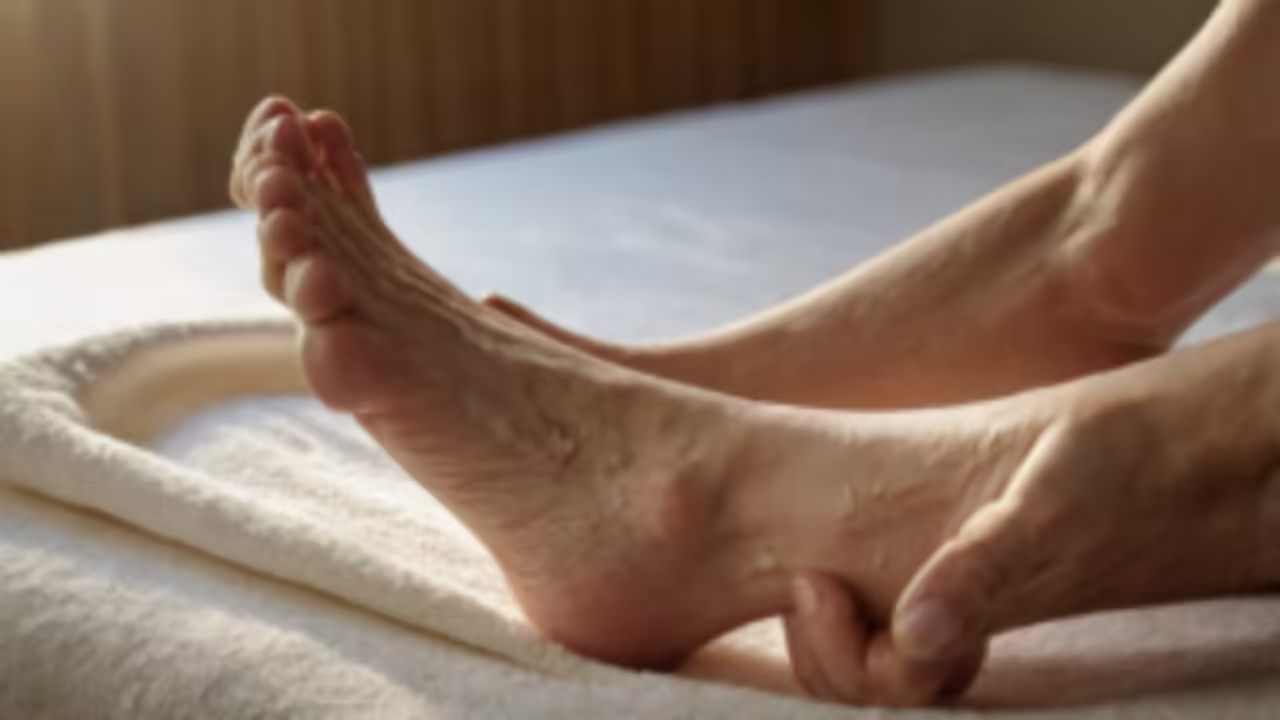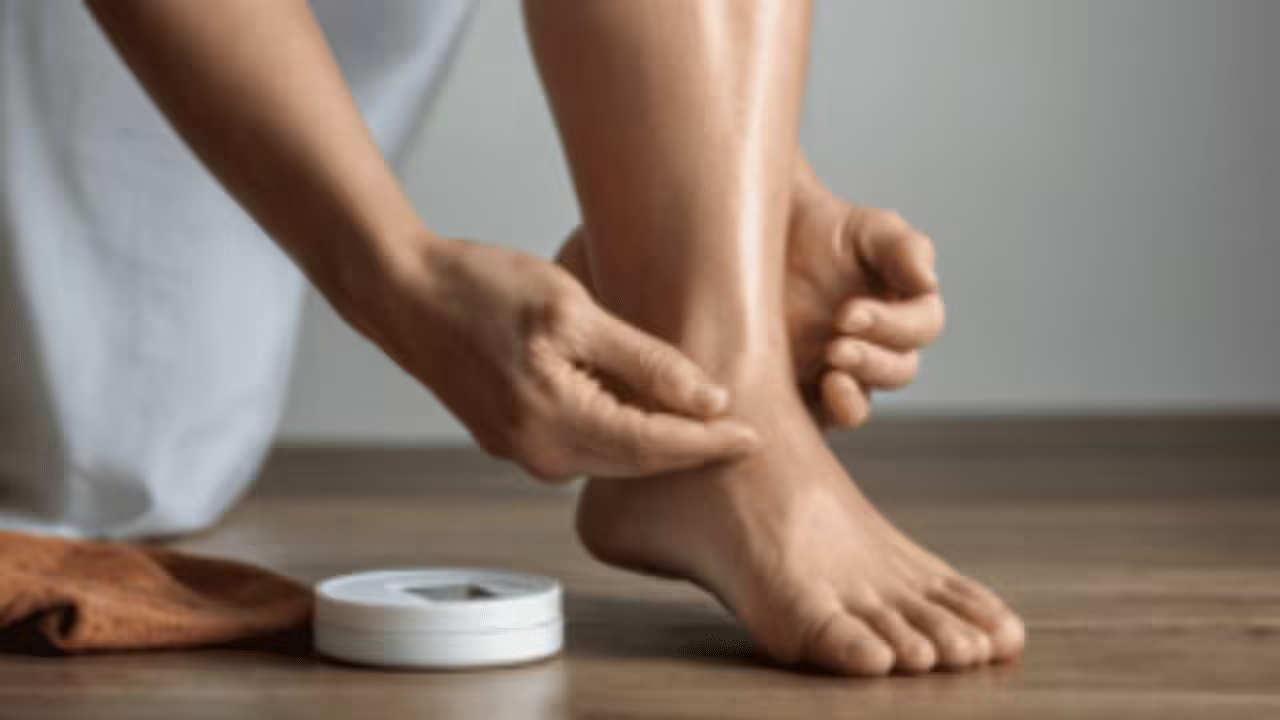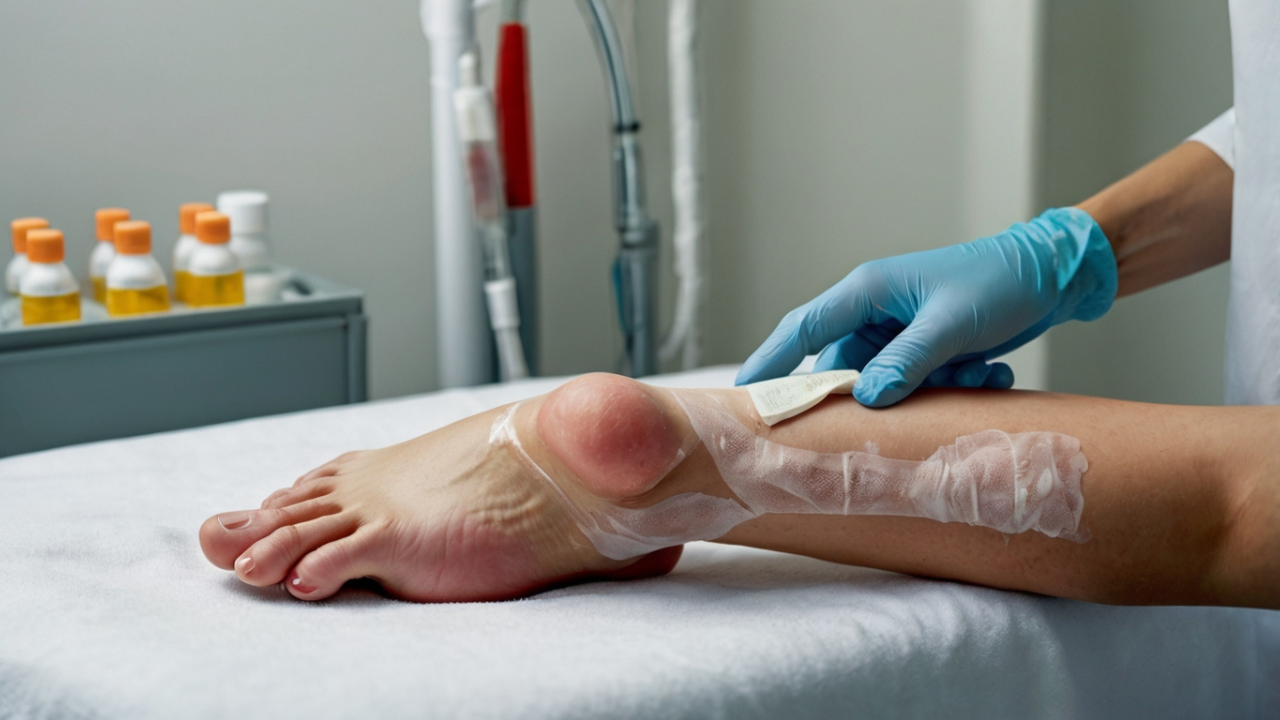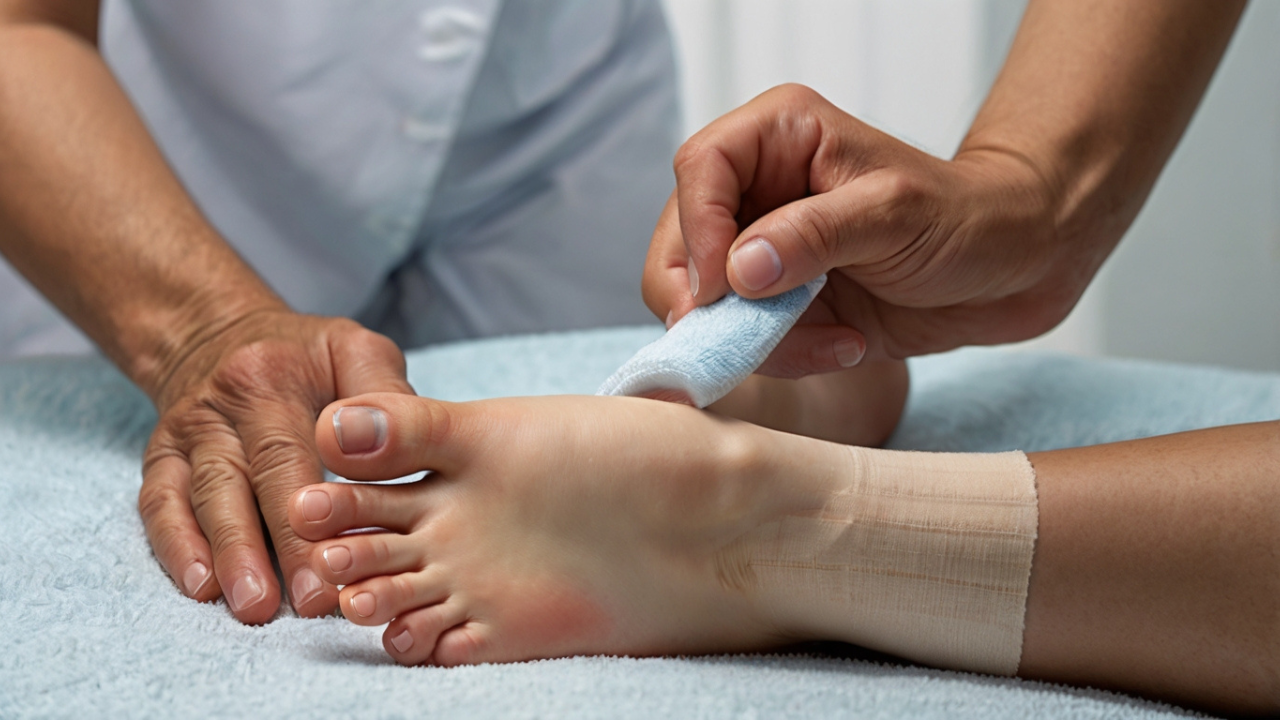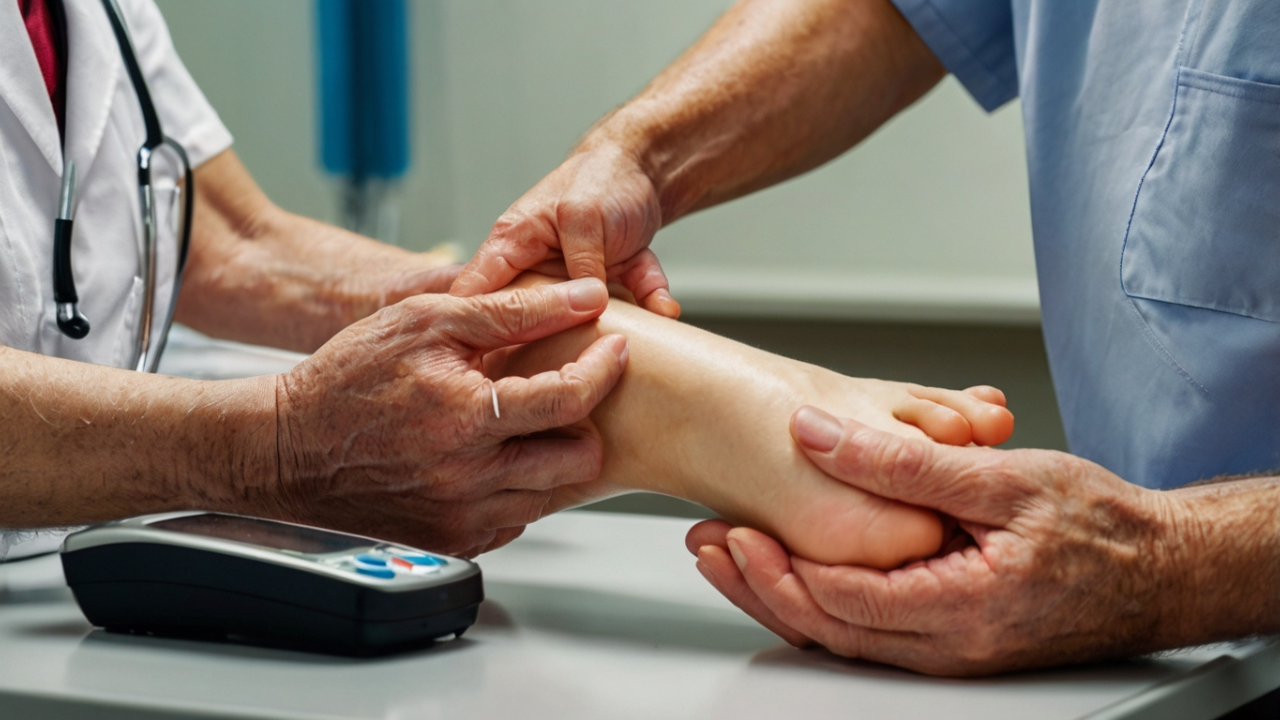Diabetes Mellitus and Foot Care: Essential Tips for Managing Foot Health with Diabetes Mellitus
Diabetes Mellitus and Foot Care: Essential Tips for Managing Foot Health with Diabetes Mellitus Significance of Foot Care for Individuals with Diabetes Mellitus Individuals with Diabetes Mellitus face unique challenges when it comes to foot care. The condition can lead to nerve damage and poor circulation, increasing the risk of foot problems. Proper foot care

